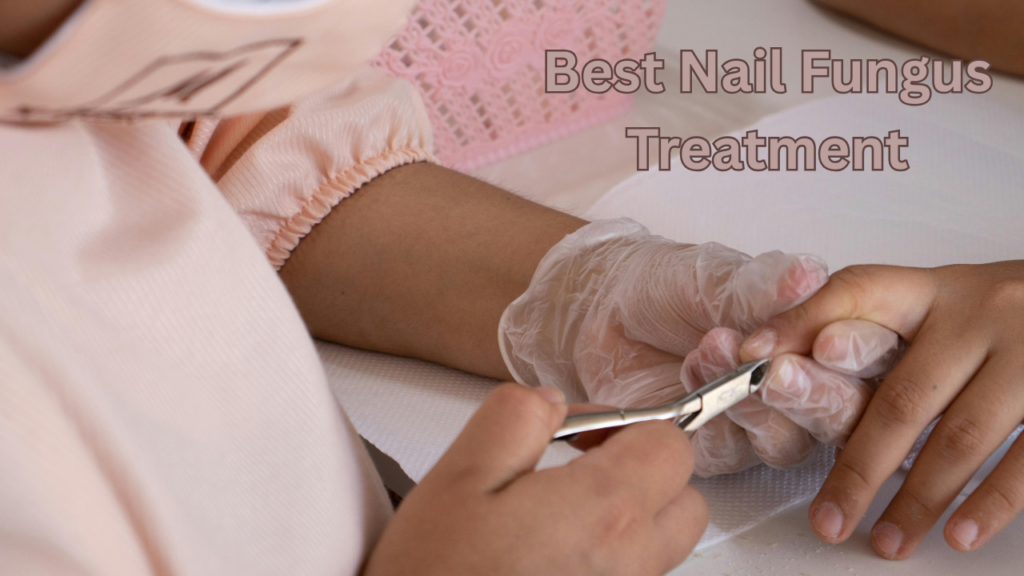Dealing with nail fungus can be frustrating and embarrassing, but finding the best nail fungus treatment can restore your nails to their healthy state. Fungal infections, also known as onychomycosis, are common and can cause discoloration, thickening, and brittleness of the nails.
Fortunately, several treatments—from over-the-counter solutions to prescription medications—can effectively eliminate the infection. In this comprehensive guide, we’ll explore the most effective treatments, home remedies, and prevention tips to help you achieve fungus-free nails.
Table of Contents
ToggleUnderstanding Nail Fungus: Causes and Symptoms
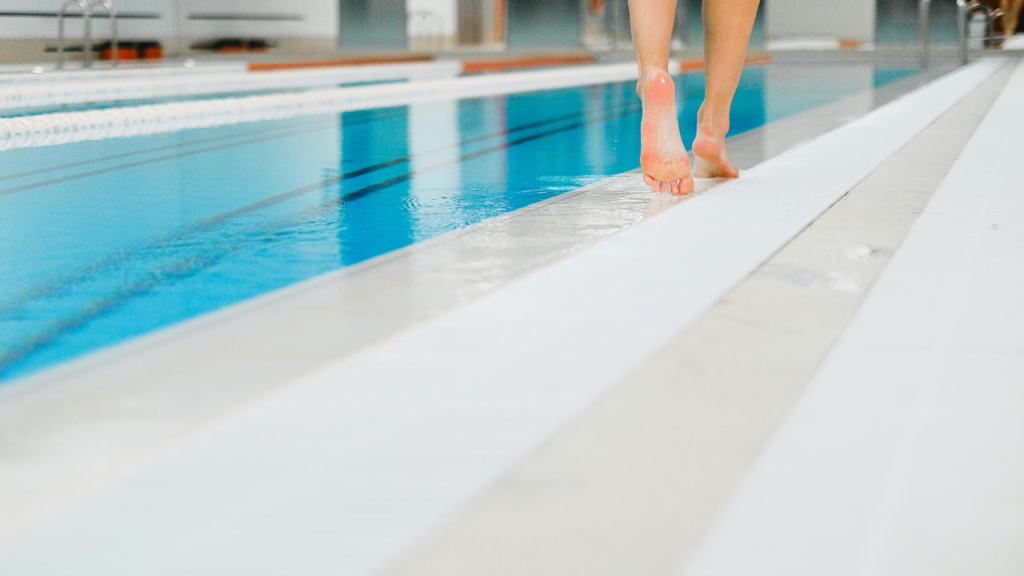
Nail fungus is caused by microscopic organisms called dermatophytes, yeasts, or molds that thrive in warm, moist environments.
Common risk factors include:
Walking barefoot in public showers or pools
Wearing tight, non-breathable shoes
Having a weakened immune system
Poor nail hygiene
Diabetes or circulation problems
Symptoms of nail fungus:
Yellow, brown, or white discoloration
Thickened or crumbly nails
Foul odor
Pain or discomfort
Starting treatment promptly is key to stopping the infection from advancing.
Top Medical Treatments for Nail Fungus
1. Prescription Oral Antifungal Medications

Oral medications are often the most effective option for stubborn nail fungus.
Terbinafine (Lamisil): Taken daily for 6–12 weeks, very effective.
Itraconazole (Sporanox): Broad-spectrum antifungal taken in pulses.
These medicines help new nail growth stay fungus-free. However, they can cause side effects, so liver monitoring with blood tests is often recommended.
2. Topical Antifungal Treatments

Ideal for mild to moderate infections, these treatments work externally:
Ciclopirox (Penlac): Nail lacquer applied daily for up to a year.
Efinaconazole (Jublia): A modern, effective topical solution.
They usually take longer to show results but have fewer side effects.
3. Laser Therapy
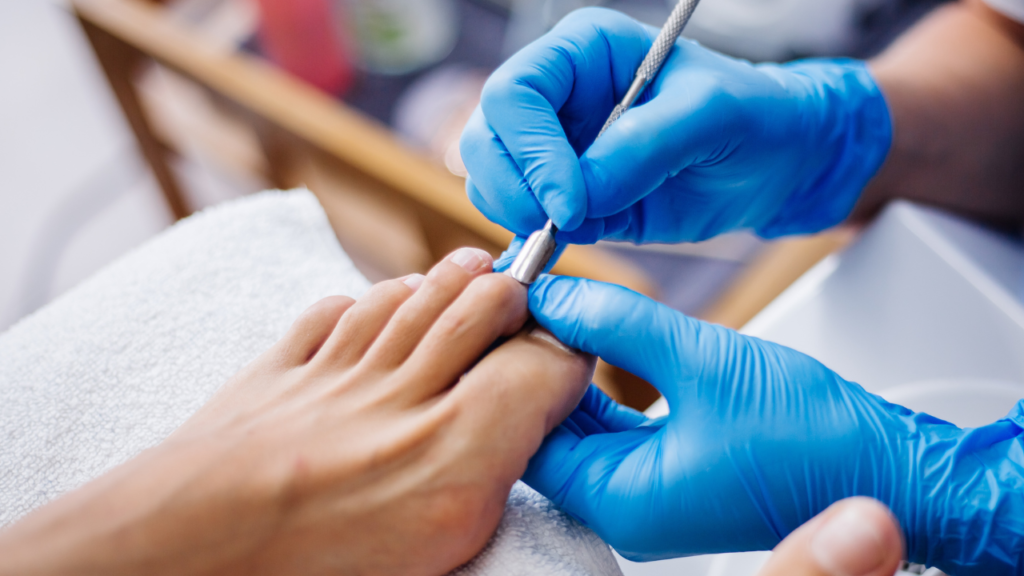
Laser treatment uses focused light to kill fungus without damaging the nail.
Multiple sessions may be needed. It’s a good choice for those who can’t take oral medications.
4. Medicated Nail Creams & Ointments
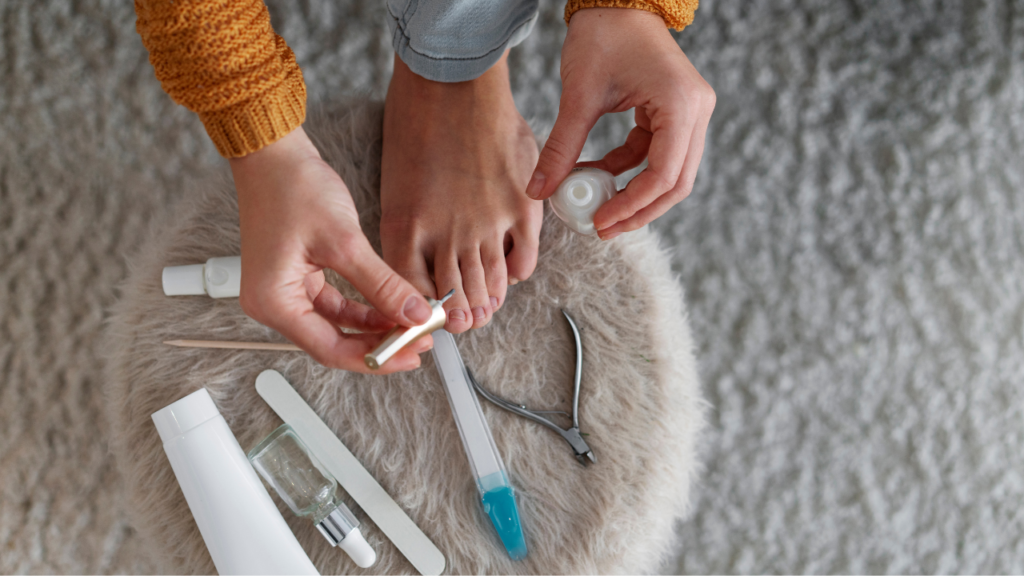
Over-the-counter antifungal creams like clotrimazole or tolnaftate can be useful.
For best results, mix with a nourishing oil and apply twice daily.
Effective Home Remedies for Nail Fungus
Prefer a natural route? These remedies can help with mild infections:
1. Tea Tree Oil
A natural antifungal—apply a few drops daily for several months.
2. Apple Cider Vinegar Soaks
Soak in a 1:2 vinegar-to-water mix for 20 minutes daily.
3. Coconut Oil
Contains antifungal caprylic acid—massage into nails daily.
4. Oregano Oil
Potent antifungal. Combine with a base oil and apply twice daily.
5. Baking Soda Paste
Mix with water and apply to dry out fungus and prevent spreading.
Note: Home remedies work best in early stages and require consistency.
Preventing Nail Fungus: Tips for Healthy Nails
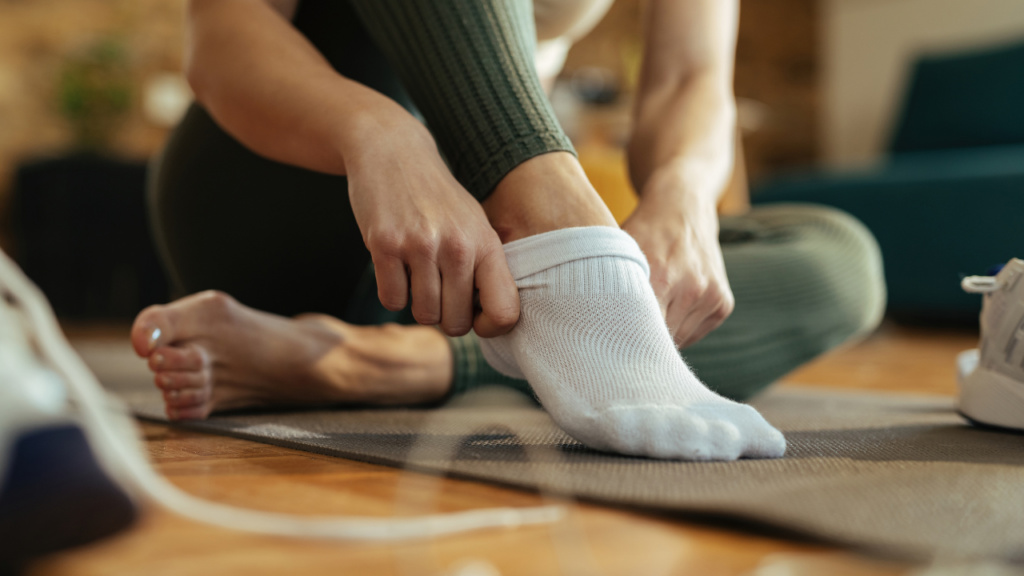
✔ Keep feet clean and dry – Fungus thrives in moisture.
✔ Wear breathable shoes & socks – Avoid tight, sweaty footwear.
✔ Trim nails properly – Cut straight and not too short.
✔ Disinfect tools – Clean clippers and files with alcohol or bleach.
✔ Use flip-flops in public showers – Prevents contact with fungus.
✔ Change socks daily – Especially after sweating or working out.
When to See a Doctor

If your condition doesn’t improve within a few months of treatment, consult a dermatologist or podiatrist.
You may need prescription meds or professional nail removal for severe infections.
Final Thoughts: Choosing the Best Nail Fungus Treatment
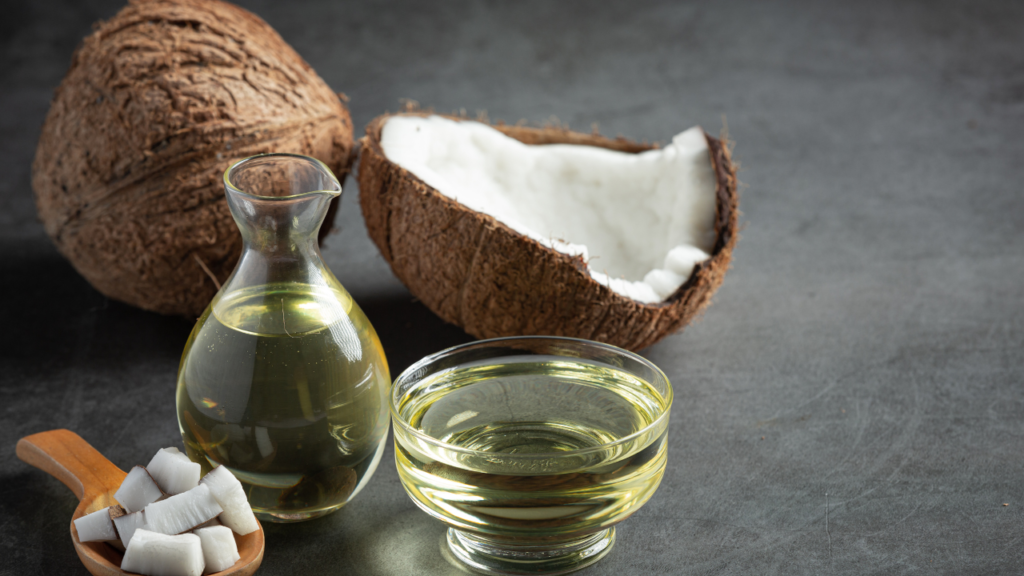
The best treatment depends on how severe your infection is.
Mild cases: Try natural remedies or topical options.
Persistent infections: Oral medication or laser therapy may be required.
Consistency is crucial. Most treatments take several months to fully clear the fungus.
With proper care and prevention, you can maintain healthy, clear nails. If over-the-counter methods don’t work, don’t hesitate to seek professional help.

